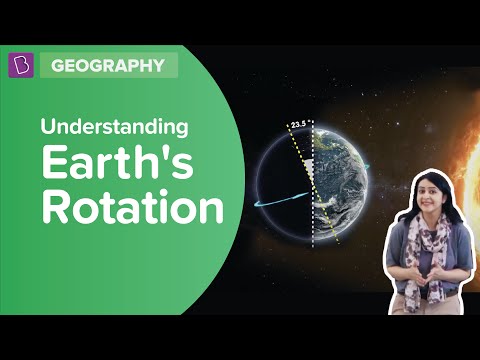Galileo Galilei was an Italian philosopher, astronomer, and mathematician who made essential contributions to the sciences of astronomy, motion and strength of the material and several developments of scientific methods. Galileo Galilei played a vital role in the history of science. Galileo Galilei provided several scientific perceptions that lay essential groundwork for future scientists. His examination of the laws of motion and enhancements of the telescope also helped a lot to understand the world and universe around.
Table of Contents
- About Galileo Galilei
- Telescopic Discoveries of Galileo
- Earth’s Orbit
- The Law of Falling Bodies
- The Principle of Pendulum
About Galileo Galilei
Galileo was born on February 15, 1564, in Pisa, Tuscany. In his middle teens, Galileo joined a monastery school near Florence, and then in 1581, he enrolled at the University of Pisa, where he was going to study medicine. However, he was more inclined towards mathematics and decided to make a profession in mathematical subject and philosophy.
Galileo has been regarded as a hero from the seventeenth century. If we talk about his discoveries, he was the first person to report telescopic observations of the mountains on the moon, the rings of Saturn, the moons of Jupiter and the phases of Venus. He calculated the law of free fall, conceived by the principle of inertia; he also determined the parabolic trajectory of projectiles and promoted the relativity of motion.
Galileo’s significant contributions were observational data, which he obtained with a telescope he made himself. He was the first astrophysicist to scan the spaces with a light-magnifying instrument; he is also referred to as the father of observational astronomy.
Telescopic Discoveries of Galileo

Galileo was not only the first inventor of the reflecting telescope, but he also significantly enhanced its power. What set Galileo apart was that he quickly figured out how to improve the instrument.
Galileo was the first to observe the rough, cratered surface of the moon; Jupiter’s four largest satellites named the Galilean moons; dark spots on the sun’s surface, known as sunspots; and the phases of the phases of Venus with his unprecedentedly powerful telescopes.
Earth’s Orbit
Soon after the invention of the telescope in the Netherlands, Galileo created his own from improvised spectacle lenses. He learned how to make unprecedentedly powerful telescopes, which he used to study the solar phases of the planet Venus. He also concluded that the sun is the central point of the solar system, not the Earth, as was formerly assumed, after noticing and studying the similar phases of Venus and the moon. Such discoveries of Galileo took the world of inventions to another level.

The Law of Falling Bodies
The Ancient Greek philosopher Aristotle taught that heavier objects fall faster than lighter ones, but Galileo wasn’t convinced. By climbing to the top of the Leaning Tower of Pisa, Galileo demonstrated this theory by dropping items of various weights off the side, which states that every object will fall at an equal rate. All items hit the ground simultaneously. This law of falling bodies was his crucial contribution in the field of motion.
The Principle of Pendulum
The law of the pendulum was discovered by Galileo Galilei, which made the young scientist famous. Galileo observed that no matter how big the swings are, the time it will take for each swing to complete will be the same because the kinetic energy left in the pendulum will always be the same; it is just shifted from one direction to the other. This law is eventually used to regulate clocks.
For more such interesting articles, Stay tuned with BYJU’S. Also, register to “BYJU’S – The Learning App” for loads of interactive, engaging Physics-related videos and an unlimited academic assist.
Frequently Asked Questions
What was Galileo famous for?
Galileo was the first inventor of refracting telescopes; he was also a natural philosopher, astronomer and mathematician.
What are the three things that Galileo discovered in space?
The moon, Jupiter’s moon and Sunspots.
What is the law of a simple pendulum?
The time period of a simple pendulum is directly proportional to the square root of its length.
What were the major tools invented by Galileo?
Galileo invented the Engineering compass, Microscope, telescope.
When was the pendulum first discovered?
In 1656 by Dutch mathematician, astronomer, physicist Christiaan Huygens.
Comments